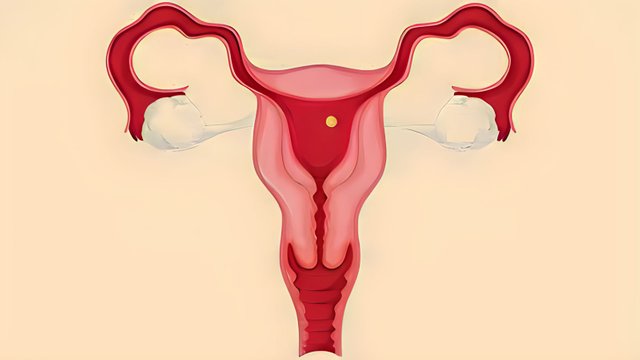From Hormonal Change To Change In Libido, Bodily Changes That Happens During Ovulation

Ovulation is a pivotal event in a woman's menstrual cycle. It marks the release of a mature egg from the ovary, ready to embark on a potential journey of fertilization.
While ovulation is often associated with the prime time for conception, it also triggers a series of fascinating bodily changes that occur in response to hormonal fluctuations.
Hormonal Change
Ovulation is orchestrated by a delicate interplay of hormones, primarily estrogen and luteinizing hormone (LH). As a woman's menstrual cycle progresses, estrogen levels rise, stimulating the growth and maturation of the egg. The surge of LH then triggers the release of the mature egg from the ovary into the fallopian tube, making it available for potential fertilization.
After ovulation, estrogen levels decline, while progesterone takes the center stage. progesterone is released by the remnants of the ovarian follicle, now called the corpus luteum. This hormone prepares the uterine lining, known as the endometrium, for a possible embryo implantation.
Changes in Basal Body Temperature (BBT)
Monitoring basal body temperature is a popular method for tracking ovulation and fertility. After ovulation, the body's basal temperature rises slightly, typically by about 0.5 to 1 degree Fahrenheit. This increase is caused by the release of progesterone, which has a thermogenic effect on the body. Tracking BBT can help women identify their fertile window and increase their chances of conception if desired.
Cervical Mucus
Cervical mucus plays a crucial role in the journey of sperm towards the egg. Leading up to ovulation, estrogen levels cause the cervical mucus to become more abundant, watery, and stretchy, resembling the texture of raw egg whites. This fertile cervical mucus facilitates sperm motility, providing an optimal environment for sperm survival and transportation towards the awaiting egg.
After ovulation, the cervical mucus becomes thicker and less conducive to sperm passage. This change serves as a natural barrier, preventing sperm from reaching the now-released egg.
Mittelschmerz
According to MayoClinic, some women may experience a phenomenon called mittelschmerz, which is a German term for "middle pain."
This discomfort occurs as the egg is released from the ovary, and some women report mild pelvic pain or cramping on one side of the lower abdomen during ovulation. While not all women experience mittelschmerz, those who do may find it useful as an additional sign of their fertile phase.
Mood Swings and Emotional Changes
Hormonal fluctuations during the menstrual cycle can affect a woman's emotional state. After ovulation, the rise in progesterone may lead to mood swings, increased sensitivity, or even feelings of sadness or irritability. These emotional changes are temporary and usually subside as the menstrual cycle progresses towards menstruation or pregnancy.
Changes in Libido
Libido, or sexual desire, can also be influenced by hormonal shifts during the menstrual cycle. Some women may experience an increase in libido during ovulation due to the surge in estrogen, which is believed to enhance sexual desire and attractiveness.
The body's intricate response to ovulation highlights the extraordinary complexity of the female reproductive system. From hormonal fluctuations to physical and emotional changes, a woman's body goes through a remarkable journey each month. Understanding these post-ovulatory transformations not only provides insights into fertility and conception but also fosters a deeper appreciation for the intricate mechanisms that govern the miraculous potential of human life. Whether planning to conceive or simply staying in tune with one's body, recognizing and embracing these bodily changes after ovulation empowers women to take charge of their reproductive health and overall well-being.